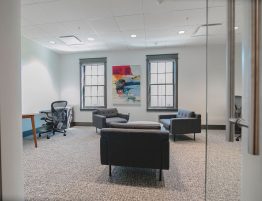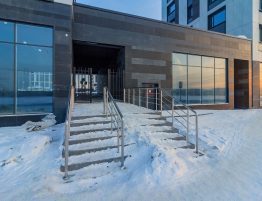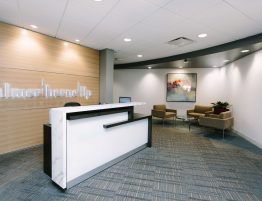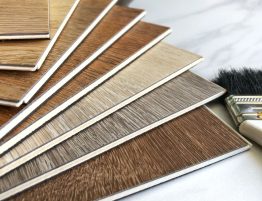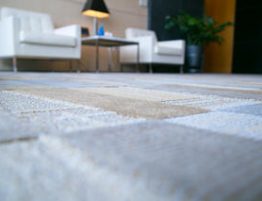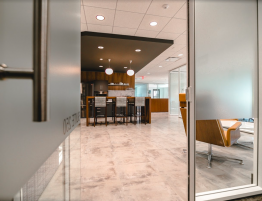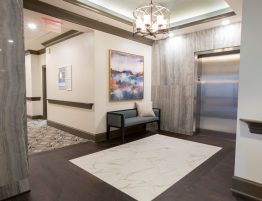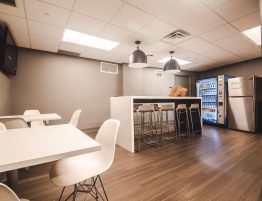
If you’ve ever been involved in a commercial floors project, you’ve probably heard some talk about concrete moisture and moisture vapor emissions. It’s a multi-billion dollar annual problem in North America. In fact, it’s one of the largest challenges we face as a flooring contractor.
When concrete is placed or poured it’s comprised of cement, some kind of aggregate, water, some fillers, and other additives. A chemical reaction occurs that makes it harden as opposed to drying. The concrete uses a part of the water that’s in it to cure and the rest of the water is used to make it easier to pour, trowel, and finish. The “extra” water does need to dry and that causes issues as it leaves the concrete.
If you examined concrete under a microscope you would see it’s filled with tiny capillaries that channel the water vapor to the surface of the concrete and out. That water leaving the concrete in the form of vapors is what causes problems. It can break down the adhesive and cause the floor to come loose. It can cause bubbles in the flooring, carpet tile backings to break down and get soft or emit a bad odor, products to curl up in the corners, and in bad instances, mold growth can occur. Basically, nothing good comes from moisture issues.
What can you do? Make sure the flooring contractor you’re working with understands the topic and can guide you through the process safely. There are very specific testing protocols that are published by ASTM to check for concrete moisture. Make sure those tests are performed by qualified and certified people. Every manufacturer of moisture sensitive products provides specifications covering the limits of moisture their adhesive or product can withstand. Follow those specifications and don’t install in conditions that exceed the limits.
If you have a building or concrete floor where the moisture levels are too high, there are solutions to get the concrete to an acceptable moisture level. These mitigation processes range from topical treatments to high-end epoxy treatments. The moisture mitigation process is costly, running from $1.75 to more than $5 per square foot. Which mitigation you need will depend on the product being installed and the moisture level of the concrete.
Ultimately, it’s best to address the potential for a moisture problem before your flooring goes in. This will save a tremendous amount of money compared to dealing with a problem after it arises.

